XRF Test Results for Vintage 1972 Blonde Quick Curl Steffie Barbie Doll: Not Safe For Kids
Published: August 3, 2023
Thursday
Below are the full XRF test results for the Vintage Barbie Doll pictured. I do not know if this is an original / period vintage dress for this doll. The doll was purchased on eBay. Note: There was no warning on eBay – nor is one required – that this is a vintage toy that may not be safe for children to play with (when taking into account modern toxicants limits for items intended for use by children!)
To summarize the details shared below: one or more components of this doll tested positive for Arsenic, Cadmium, Antimony, and/or Lead – with some elements found to be present at levels that would definitely be considered unsafe and illegal if this toy were manufactured to be used by children today.
Cadmium is considered to be unsafe in consumer goods intended for use by children at levels of 40 ppm and up; Lead is considered to be unsafe – and illegal – in modern items intended for use by children at levels over 90 ppm; there are currently no U.S. thresholds set (that we are aware of at the time of writing this article) for total content of Arsenic and Antimony in children’s toys. Each of these metals is extremely toxic, with both Antimony and Cadmium classified as carcinogens, and Lead classified as a neurotoxicant, and a probable carcinogen.
Continue reading below each of the images
to see the test results (metals composition) for each component pictured.
Reading #1) Leg (6859)
60-second reading
repeated multiple times to confirm the results
- Cadmium (Cd): 86 +/- 7 ppm
- Lead (Pb): 596 +/- 25 ppm
- Chlorine (Cl): 360,000 ppm
- Titanium (Ti): 3,115 +/- 1737 ppm
- Bromine (Br): 40 +/- 5 ppm
- Barium (Ba): 289 +/- 52 ppm
- Bismuth (Bi): 67 +/- 13 ppm
 Reading #2) Arm (6860)
Reading #2) Arm (6860)
60-second reading
repeated multiple times to confirm the results
- Cadmium (Cd): non-detect
- Lead (Pb): 109 +/- 6 ppm
- Titanium (Ti): 1,676 +/- 208 ppm
- Zinc (Zn): 17 +/- 4 ppm
- Arsenic (As): 10 +/- 5 ppm
- Antimony (Sb): 26 +/- 17 ppm
- Bromine (Br): non-detect
- Barium (Ba): 232 +/- 90 ppm
 Reading #3) Torso (6861)
Reading #3) Torso (6861)
60-second reading
repeated multiple times to confirm the results
- Cadmium (Cd): non-detect
- Lead (Pb): 23 +/- 5 ppm
- Titanium (Ti): 5,169 +/- 356 ppm
- Iron (Fe): 106 +/- 27 ppm
- Zinc (Zn): 56 +/- 8 ppm
- Barium (Ba): 263 +/- 109 ppm
Reading #4) Lips (6863)
60-second reading
repeated multiple times to confirm the results
- Cadmium (Cd): 189 +/- 9 ppm
- Lead (Pb): non-detect
- Chlorine (Cl): 360,000 ppm
- Titanium (Ti): 41,300 +/- 2,200 ppm
- Iron (Fe): 93 +/- 59 ppm
- Zinc (Zn): 91 +/- 17 ppm
- Barium (Ba): 334 +/- 48 ppm
Reading #5) Eye (6864)
60-second reading
repeated multiple times to confirm the results
- Cadmium (Cd): 221 +/- 9 ppm
- Lead (Pb): non-detect
- Chlorine (Cl): 360,000 ppm
- Titanium (Ti): 8,912 +/- 1,721 ppm
- Iron (Fe): 90 +/- 56 ppm
- Zinc (Zn): 77 +/- 16 ppm
- Barium (Ba): 388 +/- 47 ppm
Reading #6) Hair (6866)
60-second reading
repeated multiple times to confirm the results
- Cadmium (Cd): non-detect
- Lead (Pb): non-detect
- Chlorine (Cl): 360,000 ppm
- Titanium (Ti): 16,500 +/- 2,400 ppm
- Copper (Cu): 73,100 +/- 1,400 ppm
- Zinc (Zn): 919 +/- 128 ppm
- Arsenic (As): 58 +/- 14 ppm
- Selenium (Se): 180 +/- 21 ppm
For those new to this website:
Tamara Rubin is a multiple-Federal-award-winning independent advocate for childhood Lead-poisoning prevention and consumer goods safety, and a documentary filmmaker. She is also a mother of Lead-poisoned children (two of her sons were acutely Lead-poisoned in 2005). Since 2009, Tamara has been using XRF technology (a scientific method used by the U.S. Consumer Product Safety Commission) to test consumer goods for toxicants (specifically heavy metals — including Lead, Cadmium, Mercury, Antimony, and Arsenic). All test results reported on this website are science-based, accurate, and replicable. Items are tested multiple times to confirm the test results for each component tested. Tamara’s work was featured in Consumer Reports Magazine in February of 2023 (March 2023 print edition).
Some additional reading for those who are interested:
- More Barbie-related articles here on LeadSafeMama.com
- More dolls we have tested for toxicants
- Specifically, more VINTAGE dolls we have tested
- More vintage TOYS we have tested
- More TOYS we have tested (vintage and new)
- Will this item poison me? — An article
- The impact of low-level Lead exposure in children — An article
- What do we use to test for toxicants (heavy metals)? — An article
- The Lead Safe Mama, LLC “About” page, for those who are new here
Some safer (Lead-free, Arsenic-free, Cadmium-free) choices
Modern Barbie dolls (and dolls from any brand for that matter) made after 2010 should be fully compliant with the Consumer Product Safety Improvement Act of 2008 (CPSIA), and therefore should be safe for children (negative for toxicants, including Lead and Cadmium) – as long as the doll is a product that is/was sold and marketed with language indicating it was created expressly for use by children.
Note: items (including dolls) sold as “collectibles”, or with a tag stating they are “not intended for use by children” are likely to be positive for unsafe levels of one or more toxicants (Lead, Cadmium, Mercury, Arsenic, Antimony, etc.) in the coatings or substrates and should not be given to children to be played with.
*Amazon links are affiliate links. If you purchase something after clicking on one of our links we may receive a small percentage of what you spend — at no extra cost to you.
I first wrote about this issue in 2013.
Here’s one of my original social media posts
(March 27, 2013 — more than 10 years ago.)
I think this may also be a Quick Curl Steffie doll, but I am not certain as the face is different
Never Miss an Important Article Again!
Join our Email List









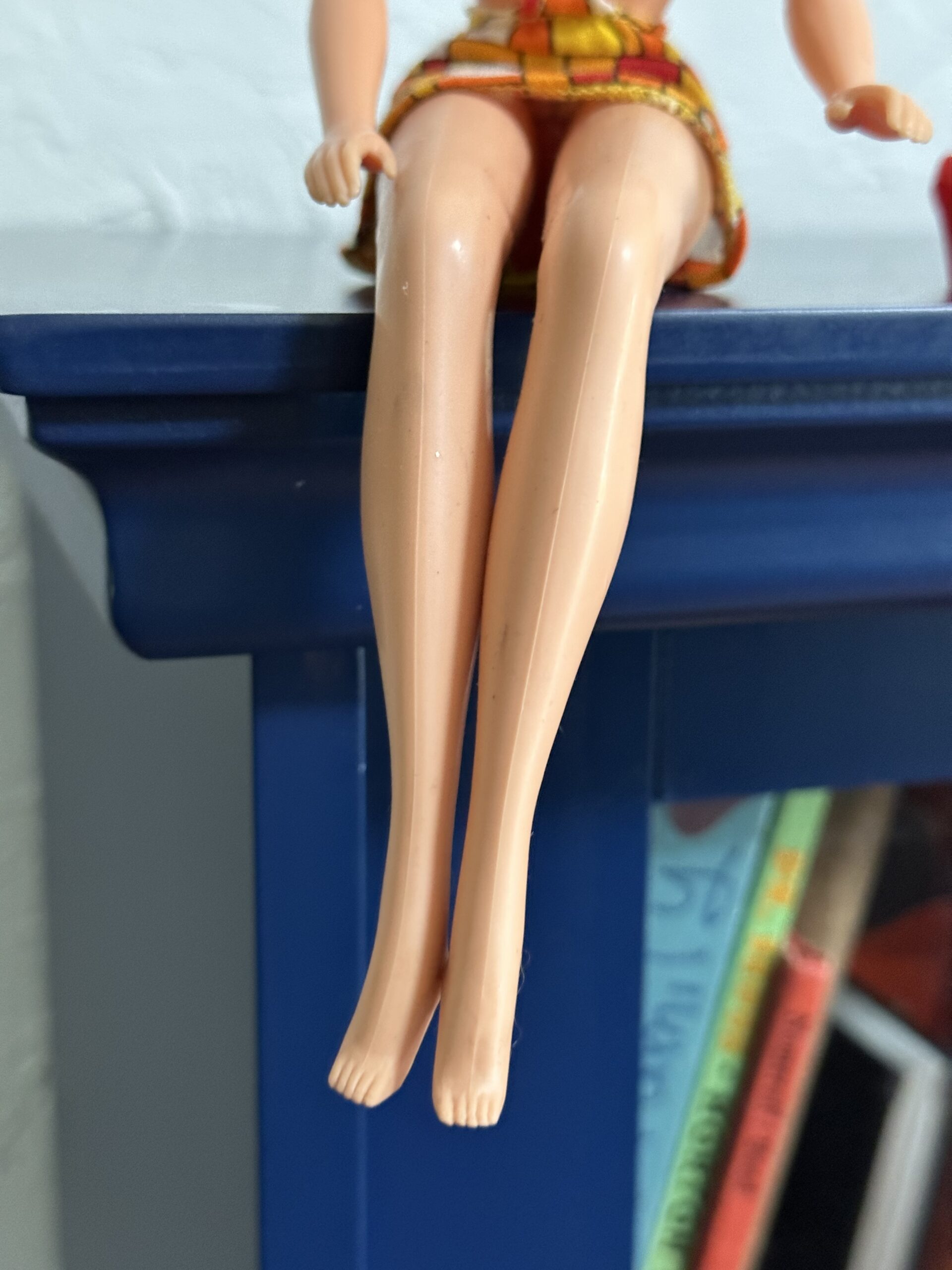



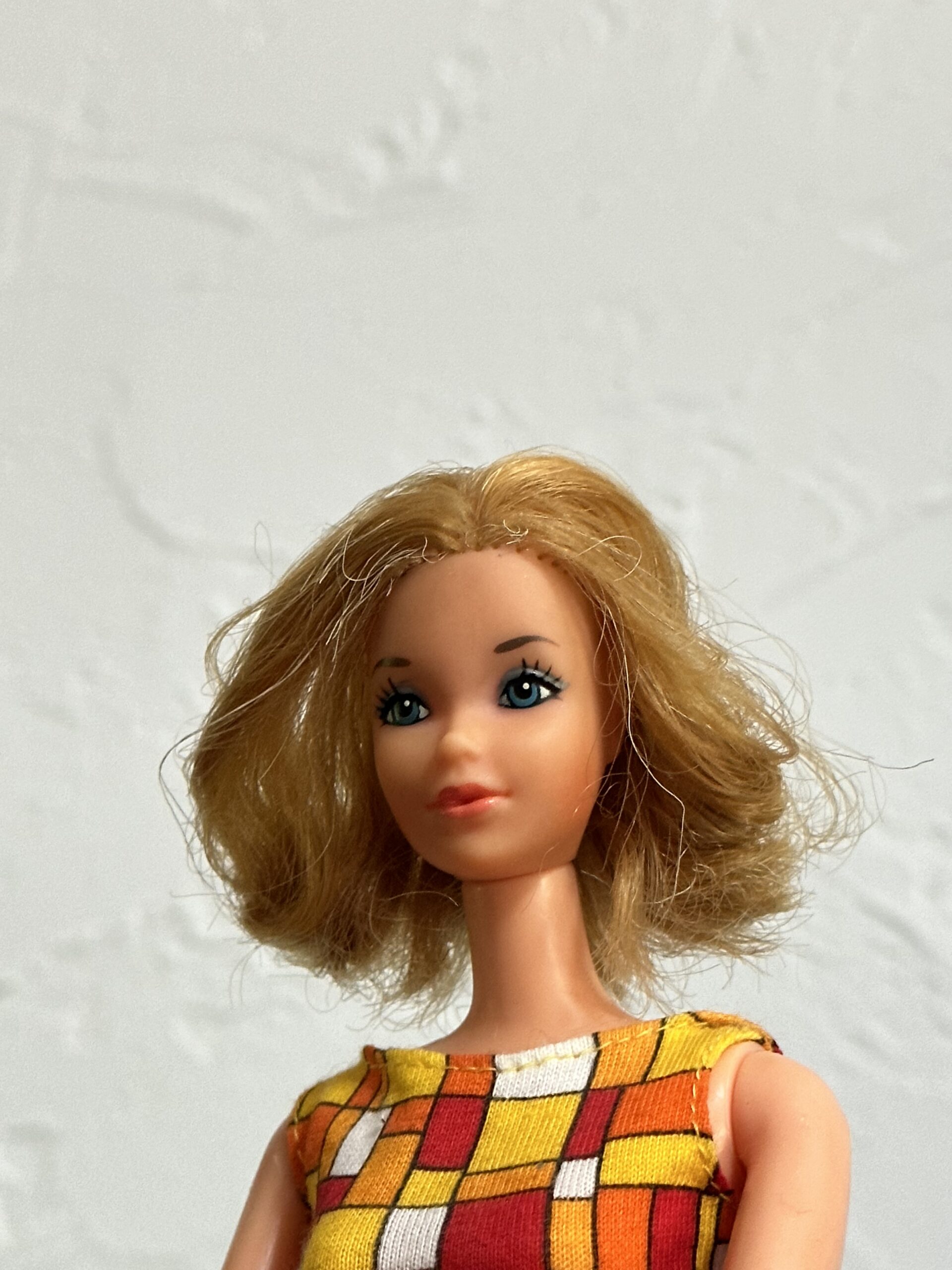
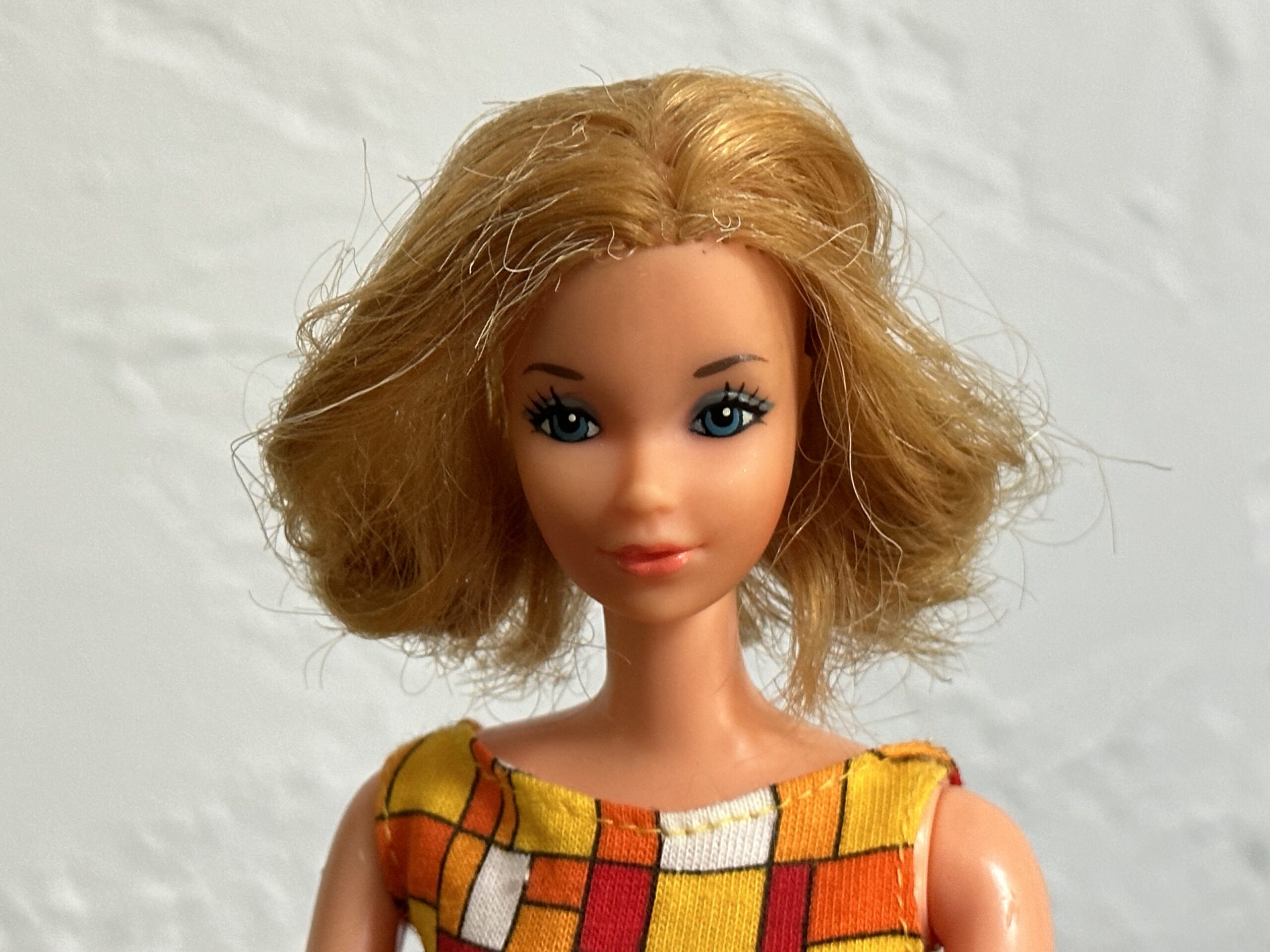
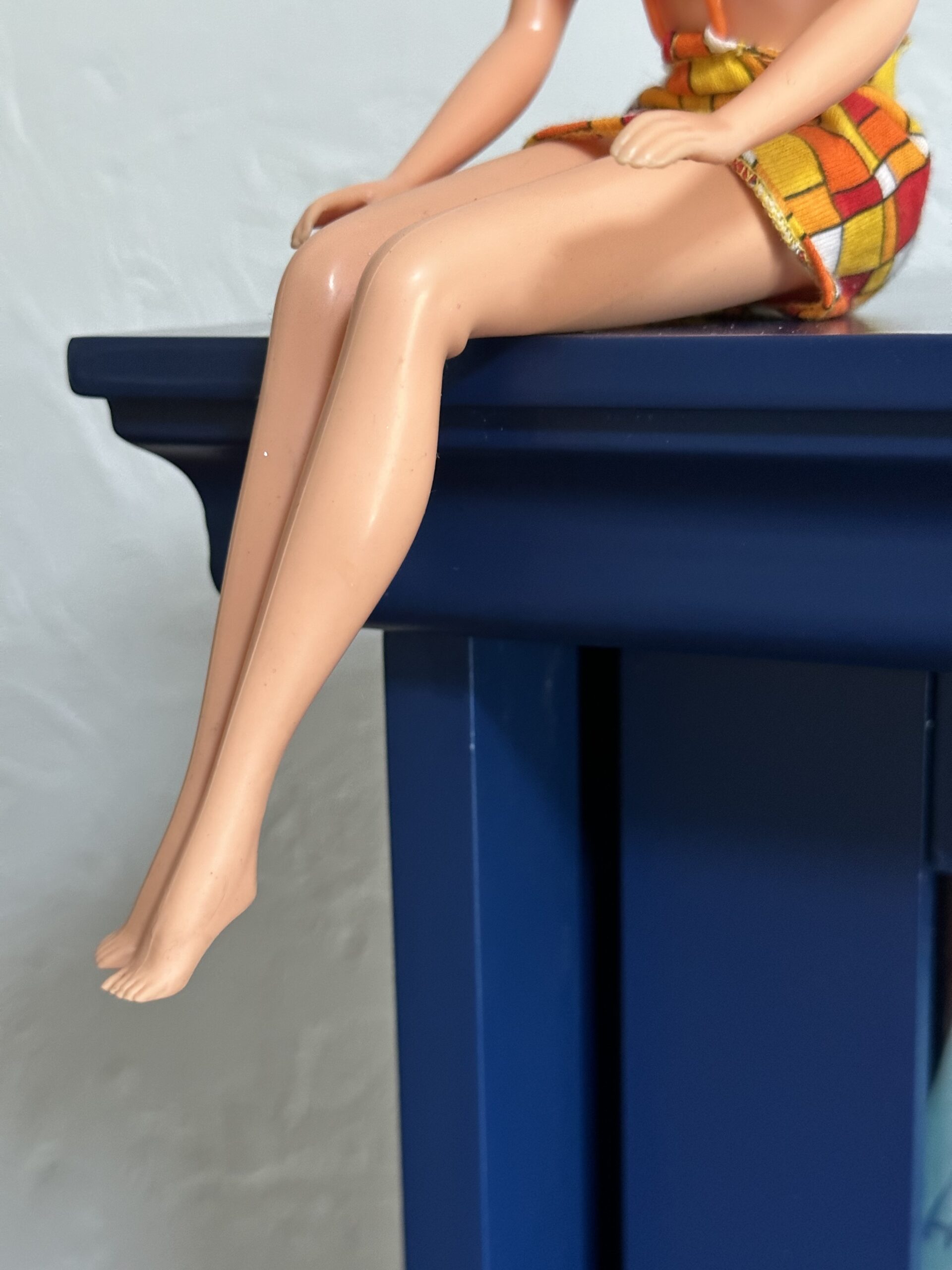
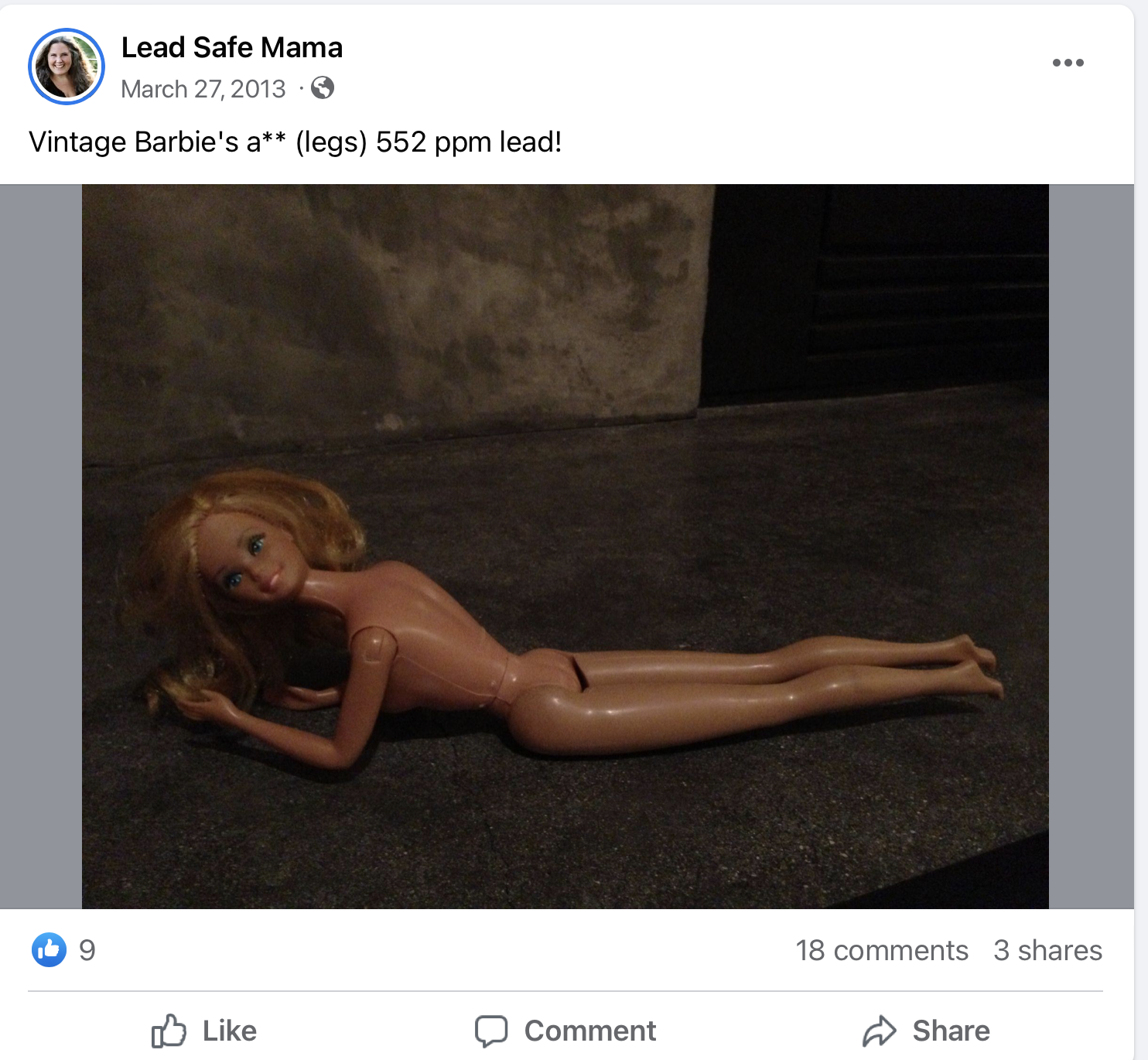

So shocking…the list of things I played with as a child that contain lead and other heavy metals keeps growing. Thanks for bringing the light to this issue so we don’t pass along these toys to future generations.
Do you have any explanation as to why different parts of the body (leg, arms etc) would have such different readings when they seem to be molded out of the same plastic? I would imagine that there would be a homogeneous liquid plastic that is molded and turns solid and in that case it would all have the same heavy metal content. Any ideas? Thanks!
They are each quite different plastics actually.